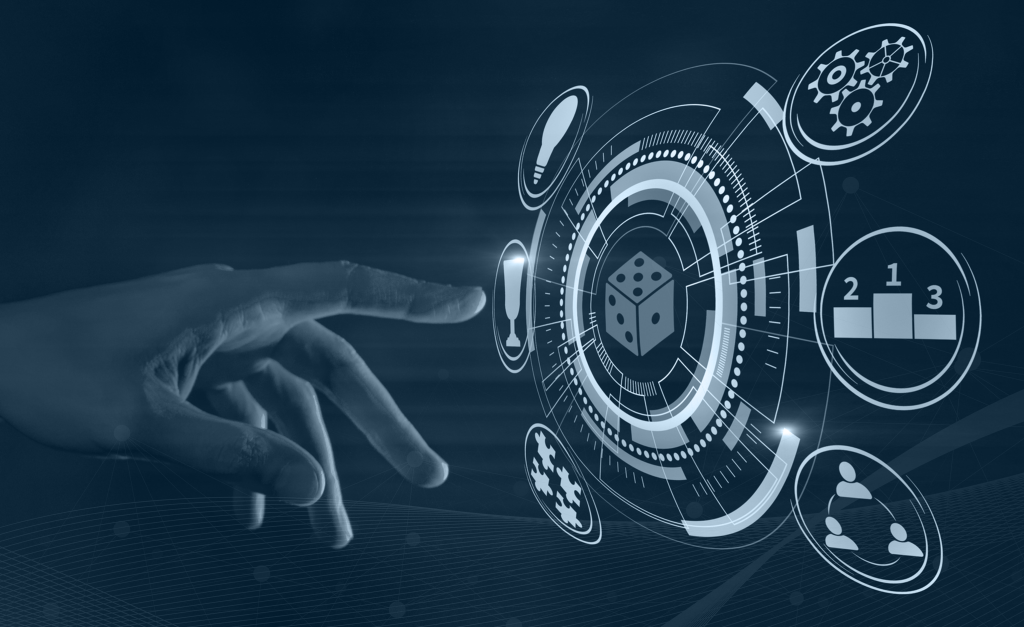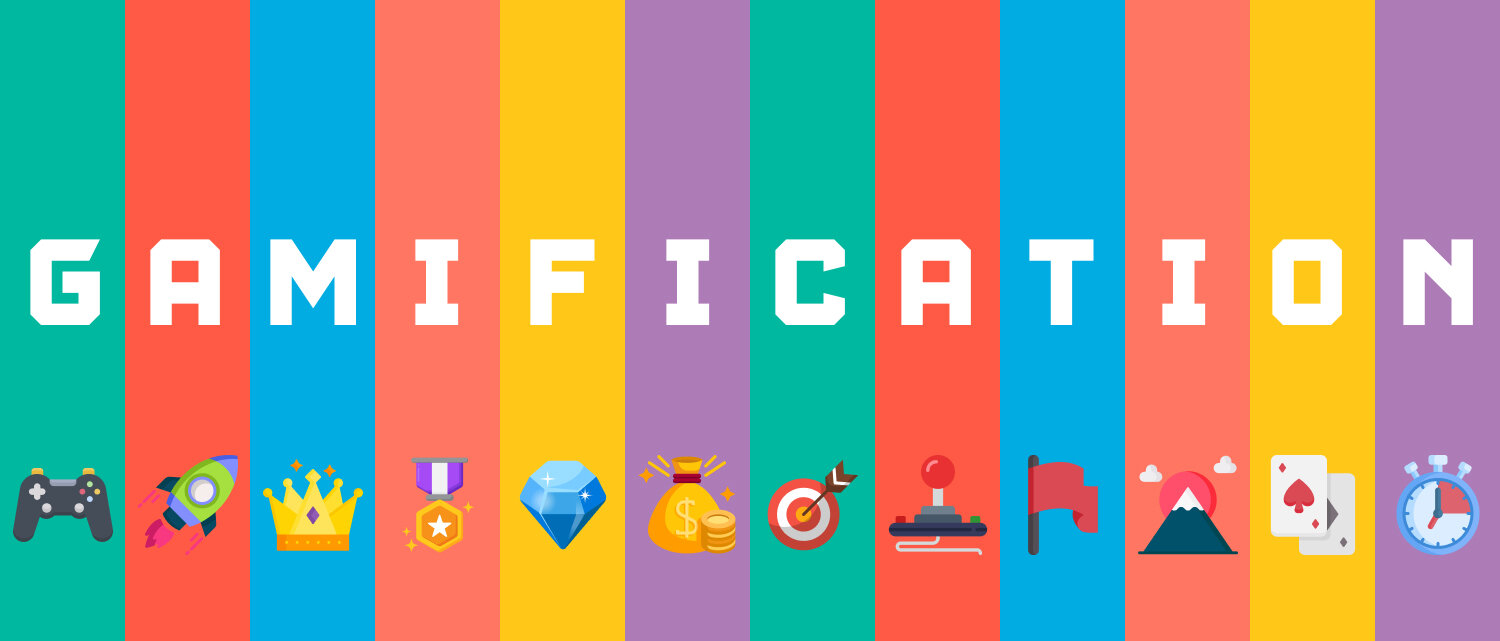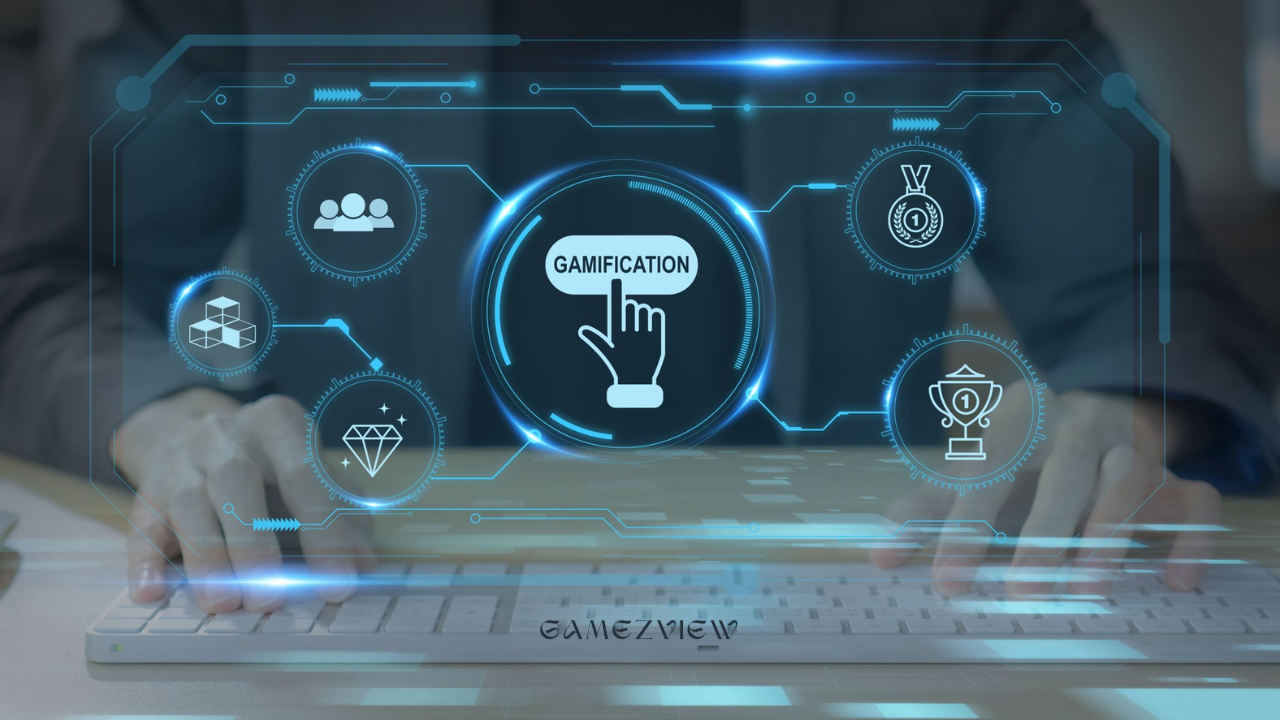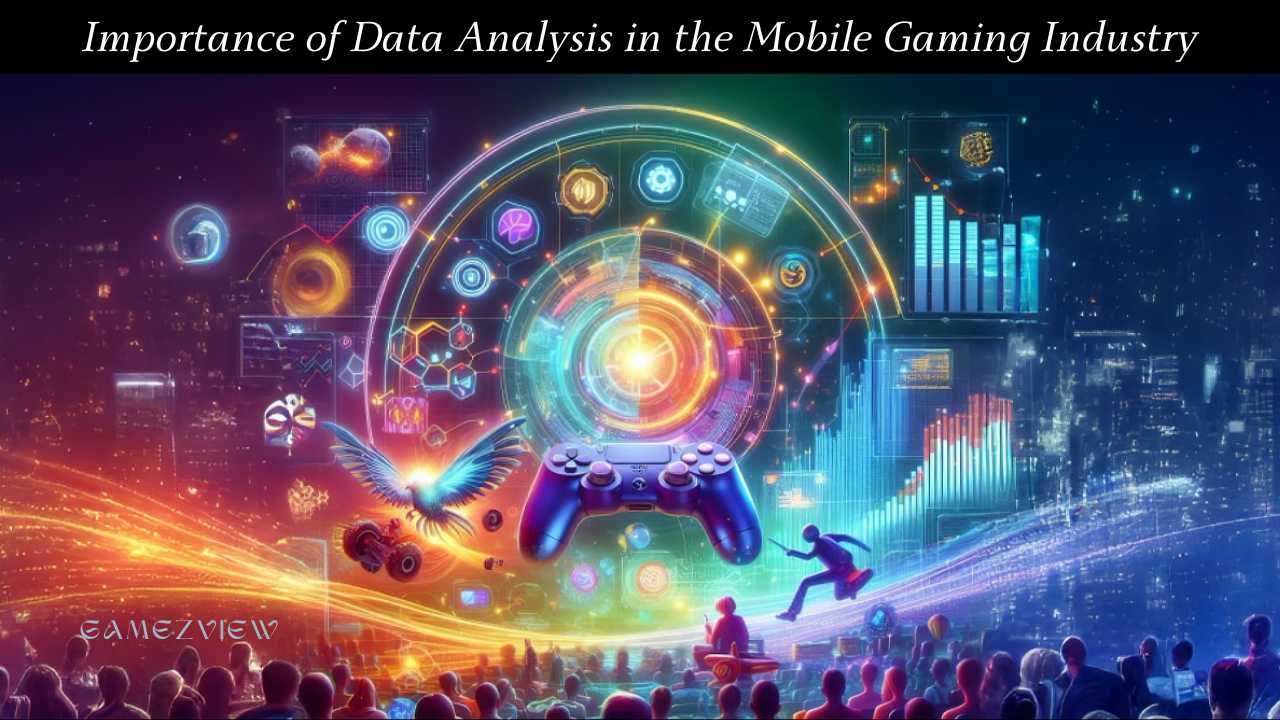Gamification, the application of game-design elements and principles in non-game contexts, has emerged as a powerful tool for boosting user engagement across various sectors. By integrating elements such as points, badges, leaderboards, and challenges into non-game environments, organizations can transform routine tasks into engaging and motivational experiences. This article explores how gamification techniques can be effectively utilized to increase user engagement, with a focus on key strategies, real-world applications, and best practices.
1. Understanding Gamification
1.1 Definition and Purpose
Gamification involves applying game-like elements to non-game contexts to enhance user experience and engagement. The primary goal is to make activities more enjoyable and motivating, encouraging users to interact more frequently and persistently. By leveraging game mechanics, organizations can influence behaviour, drive participation, and improve overall satisfaction.
Incorporating Social Features and Multiplayer Options in Mobile Games
1.2 Key Gamification Elements
Several core elements are commonly used in gamification:
- Points: Users earn points for completing tasks or achieving milestones. Points provide immediate feedback and reward progress.
- Badges: Visual representations of achievements that users can earn and display. Badges signify accomplishments and motivate users to strive for more.
- Leaderboards: Rankings that show user performance relative to others. Leaderboards foster competition and encourage users to improve their standings.
- Challenges/Quests: Tasks or goals that users need to complete. Challenges create a sense of purpose and provide direction.
- Levels: Stages that users progress through as they accumulate points or complete challenges. Levels represent advancement and growth.

2. The Psychology Behind Gamification
2.1 Motivation Theories
Gamification taps into various motivation theories to drive user engagement:
- Intrinsic Motivation: This refers to doing something for its inherent satisfaction, such as enjoying the challenge or learning something new. Gamification can enhance intrinsic motivation by making tasks more enjoyable and fulfilling.
- Extrinsic Motivation: This involves external rewards, such as earning points or badges. Gamification leverages extrinsic motivators to encourage participation and effort.
- Behavioural Psychology: Principles like reinforcement and feedback are applied in gamification. Immediate rewards and feedback help reinforce desired behaviours and keep users engaged.
2.2 The Flow State
The concept of “flow,” introduced by psychologist Mihaly Csikszentmihalyi, describes a state of deep engagement and enjoyment in an activity. Gamification techniques can help users achieve flow by providing clear goals, immediate feedback, and a balance between challenge and skill. Creating a seamless and immersive experience enhances the likelihood of users entering a flow state.
3. Implementing Gamification Techniques
3.1 Setting Clear Objectives
Before implementing gamification, it’s crucial to define the objectives. Are you aiming to increase user participation, improve learning outcomes, or enhance customer loyalty? Clear objectives will guide the design and implementation of gamification strategies.
3.2 Designing Engaging Experiences
Effective gamification requires thoughtful design. Consider the following aspects:
- User Personas: Understand your target audience and design gamification elements that resonate with their interests and preferences. Tailoring experiences to different user segments can increase relevance and engagement.
- Game Mechanics: Select game mechanics that align with your objectives. For example, if you want to encourage collaboration, incorporate team-based challenges and rewards.
- Feedback Mechanisms: Provide timely and meaningful feedback to users. Feedback helps users understand their progress and motivates them to continue engaging with the platform.
3.3 Integrating Gamification with Existing Systems
Gamification should complement existing systems rather than disrupt them. Integrate game elements into current processes and platforms to enhance user experience without overwhelming users. Ensure that gamification elements align with the overall user journey and workflow.
3.4 Ensuring Fairness and Inclusivity
Gamification should be designed to be fair and inclusive. Avoid creating systems that favour certain users or exclude others. Ensure that all users have an equal opportunity to earn rewards and participate in challenges. Transparency in how points and rewards are earned can help maintain fairness.
Elements of a Successful Mobile Game: Graphics, Gameplay, and More
4. Real-world applications of Gamification
4.1 Education and Learning
Gamification has been widely adopted in education to enhance student engagement and learning outcomes. Examples include:
- Khan Academy: Utilizes points, badges, and leaderboards to motivate students. Learners earn badges for completing lessons and quizzes, fostering a sense of achievement and competition.
- Duolingo: Incorporates gamified elements such as streaks, levels, and rewards to make language learning more engaging. The app uses a game-like interface to encourage daily practice and progress.
4.2 Employee Training and Development
Gamification can improve employee training and development by making learning more interactive and enjoyable:
- Salesforce Trailhead: Offers a gamified learning platform where employees earn badges and points for completing training modules. The platform uses leaderboards to foster competition and recognize top learners.
- IBM’s Innov8: Uses simulation-based training with game elements to teach employees about business processes. The interactive nature of the training increases engagement and retention.
4.3 Marketing and Customer Engagement
Brands leverage gamification to boost customer engagement and loyalty:
- Starbucks Rewards: Incorporates a loyalty program with points, badges, and tiers. Customers earn stars for purchases, which can be redeemed for rewards. The program encourages repeat visits and brand loyalty.
- Nike+: Uses gamified features such as challenges and leaderboards to motivate users to achieve fitness goals. The app connects users with a community and tracks their progress, enhancing engagement.
4.4 Health and Wellness
Gamification can promote healthier behaviours and wellness:
- Fitbit: Utilizes challenges, badges, and leaderboards to encourage users to stay active. The app motivates users to reach fitness goals and compete with friends.
- MyFitnessPal: Incorporates gamified elements to track diet and exercise. Users earn rewards for meeting health goals and maintaining consistency.
5. Best Practices for Effective Gamification
5.1 Focus on User Experience
The success of gamification depends on the user experience. Ensure that gamified elements enhance, rather than detract from, the overall experience. Test and iterate to create an intuitive and enjoyable experience for users.
5.2 Balance Challenge and Reward
Striking the right balance between challenge and reward is crucial. Too easy or too difficult challenges can lead to disengagement. Ensure that challenges are achievable and that rewards are meaningful to users.
5.3 Provide Meaningful Feedback
Timely and constructive feedback is essential for keeping users motivated. Feedback should be clear, specific, and actionable. Celebrate achievements and offer guidance for improvement.
5.4 Continuously Evolve and Update
Gamification is not a one-time implementation but an ongoing process. Regularly update and refine gamified elements to keep users engaged. Introduce new challenges, rewards, and features to maintain interest and excitement.
5.5 Measure and Analyze Impact
Monitor the effectiveness of gamification strategies through data analysis. Track key metrics such as user engagement, participation rates, and satisfaction levels. Use insights to refine and improve gamification techniques.
Creating Engaging and Addictive Mobile Games: A Comprehensive Guide
6. Challenges and Considerations
6.1 Risk of Overemphasis on Competition
While leaderboards and competition can be motivating, they may also create stress or discourage users who fall behind. Balance competitive elements with collaborative and supportive features to maintain a positive experience.
6.2 Potential for Misalignment with Goals
Ensure that gamification elements align with the overall goals and objectives. Misalignment can lead to unintended consequences or reduced effectiveness. Regularly evaluate and adjust gamification strategies to stay aligned with goals.
6.3 Privacy and Data Security
When implementing gamification, be mindful of privacy and data security concerns. Collect and use user data responsibly, and ensure that gamified elements do not compromise user privacy or security.
6.4 Avoiding Game Fatigue
Repeated exposure to similar gamified elements can lead to game fatigue. Keep gamification fresh and engaging by introducing new features, challenges, and rewards periodically.
7. Future Trends in Gamification
7.1 Integration with Emerging Technologies
Gamification is increasingly being integrated with emerging technologies such as augmented reality (AR) and virtual reality (VR). These technologies offer immersive experiences that can enhance gamified elements and create new opportunities for engagement.
7.2 Personalization and Customization
The future of gamification will likely involve more personalized and customizable experiences. Tailoring gamified elements to individual preferences and behaviours can increase relevance and effectiveness.
7.3 Data-Driven Gamification
Advancements in data analytics will enable more sophisticated and data-driven gamification strategies. Organizations will be able to leverage data to design more effective gamified experiences and measure their impact more accurately.

Gamification techniques offer a powerful means to increase user engagement by making experiences more enjoyable and motivating. By understanding the psychology behind gamification, implementing effective strategies, and learning from real-world applications, organizations can harness the potential of gamification to drive participation and satisfaction. As technology and trends continue to evolve, staying informed and adaptable will be key to leveraging gamification for sustained success.




